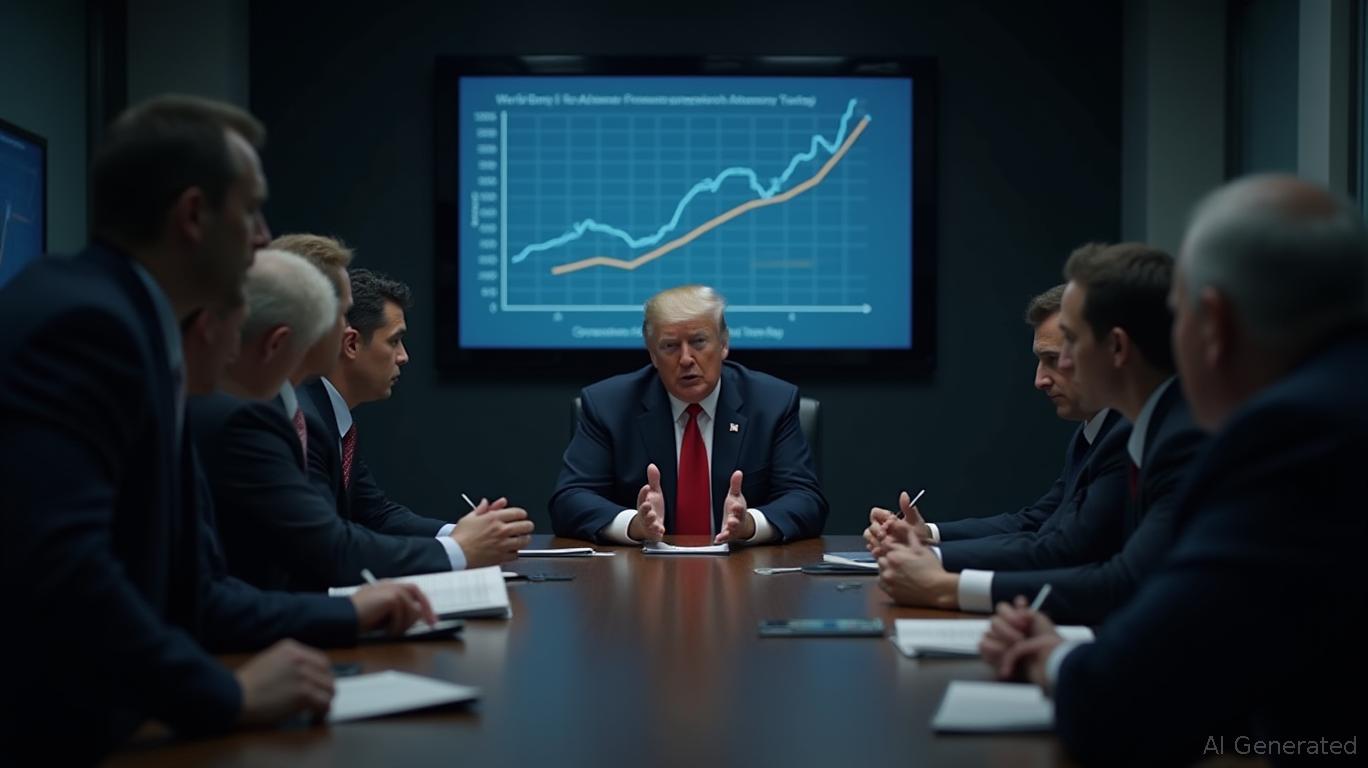Trade Tensions and Structural Challenges: Why Nomura Cuts China’s 2025 GDP Forecast to 4%
The escalating U.S.-China trade conflict has cast a shadow over China’s economic outlook, prompting Nomura Holdings to revise its 2025 GDP growth forecast downward to 4% from 4.5%. This downgrade, driven by punitive tariffs, export declines, and domestic structural headwinds, underscores the fragility of China’s growth trajectory amid geopolitical tensions.

The Trade War’s Economic Toll
Nomura attributes the revision to “strong headwinds” from U.S. tariffs, which have surged to an effective rate of 125% by mid-2025—up from 11% before Donald Trump’s return to office. These tariffs directly target China’s export sector, which contributes roughly 3 percentage points to GDP (2.35 points from domestic value-added activity and 0.65 points from manufacturing investment). With U.S. tariffs now exceeding 145% after reciprocal measures, Nomura forecasts a 2% annual decline in Chinese exports for 2025, compared to its earlier neutral outlook.
The trade war’s impact is not isolated. Goldman Sachs and Citigroup have also slashed their China GDP forecasts, citing similar tariff-driven drags. Goldman estimates tariffs alone could shave 2.2 percentage points off China’s 2025 growth, a stark illustration of how external pressures are overwhelming domestic resilience.
Domestic Weakness Compounds Challenges
While China’s Q1 2025 GDP growth of 5.4% initially provided optimism, this figure now appears an anomaly. The data predates the full implementation of Trump’s April 2025 tariffs, which have since intensified trade friction. Domestically, the property sector—a traditional growth engine—remains mired in weakness, with developers struggling under debt and falling home prices. Weak consumer demand further complicates recovery, as households remain cautious amid job market uncertainty.

Fiscal Stimulus: A Band-Aid on a Bullet Wound?
Nomura acknowledges potential fiscal measures, including incremental borrowing of 2.6% of GDP and policy easing, but deems them insufficient to counterbalance trade war impacts. While the central bank may cut interest rates or expand credit, structural issues—such as overreliance on exports and a debt-laden corporate sector—limit the effectiveness of such measures.
Conclusion: Navigating a New Normal
The 4% GDP forecast reflects a sobering reality: China’s economy is increasingly vulnerable to external shocks and internal imbalances. With tariffs now exceeding 145%, exports—a pillar of growth—face an existential threat, while domestic sectors remain lackluster. Even if trade tensions ease, the scars of this conflict will linger, reshaping global supply chains and reducing China’s export competitiveness.
Nomura’s Ting Lu aptly notes the “extraordinarily fluid” nature of U.S.-China relations, but the data paints a grim picture. A 2% export decline and a 2.2 percentage-point tariff drag (per Goldman Sachs) suggest growth could dip further if trade barriers escalate. Investors must brace for a prolonged period of subpar growth, with structural reforms—and not just fiscal stimuli—needed to stabilize the economy.
In this landscape, the 4% forecast is not merely a number—it is a warning that China’s economic trajectory hinges on resolving both external conflicts and internal inefficiencies. Until then, the path to sustainable growth remains fraught with uncertainty.










